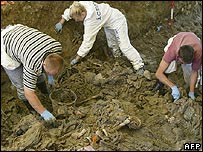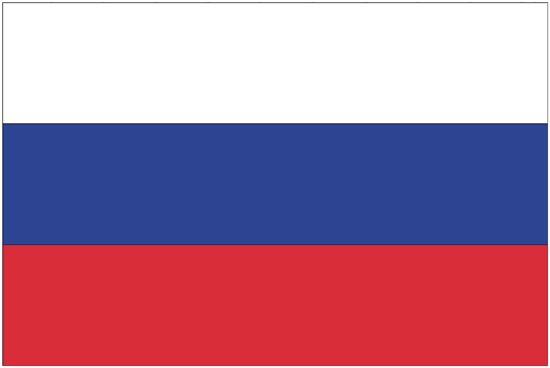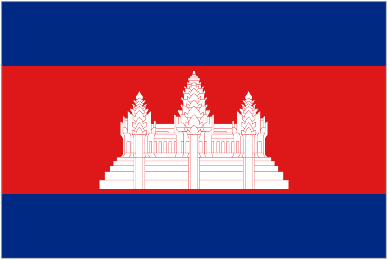
Serbia - The Srebrenica Massacre
In the late 1980's, during the fall of communist regimes across eastern Europe, tensions in the former Yugoslavia began to grow. The province of Serbia made ammendments to it's constitution, allowing it to assert political power over the provinces of Kosovo and Vojvodina. With the additional votes of allied Montenegro and Bosnia-Herzegovina, Serbia, along with it's president Slobodan Milosovic, gained control over the Yugoslavian government. In late 1990, the collapse of the country began in earnest. The province of Bosnia-Herzegovenia declared independence, which caused Serbia to launch attacks against it. The ethnic diversity of former Yugoslavia became a major issue, as nationalism began to become rampant. Each ethnic group began to follow a policy of ethnic cleansing, or forced removal of the other ethnicities from land they claimed. These cleansings soon became violent and war broke out in earnest. Serbian forces forced the Bosniaks, or Bosnian Muslims to flee to Srebrenica, a city established as a safe zone by the UN. In April of 1993, the Serbian forces had surrounded the city and demanded surrender by the Bosniaks, they refused. A force of 400 UN peacekeepers stood by as Serbian forces entered the city and rounded up all Muslim men and boys for execution, the bodies buried in mass graves.






